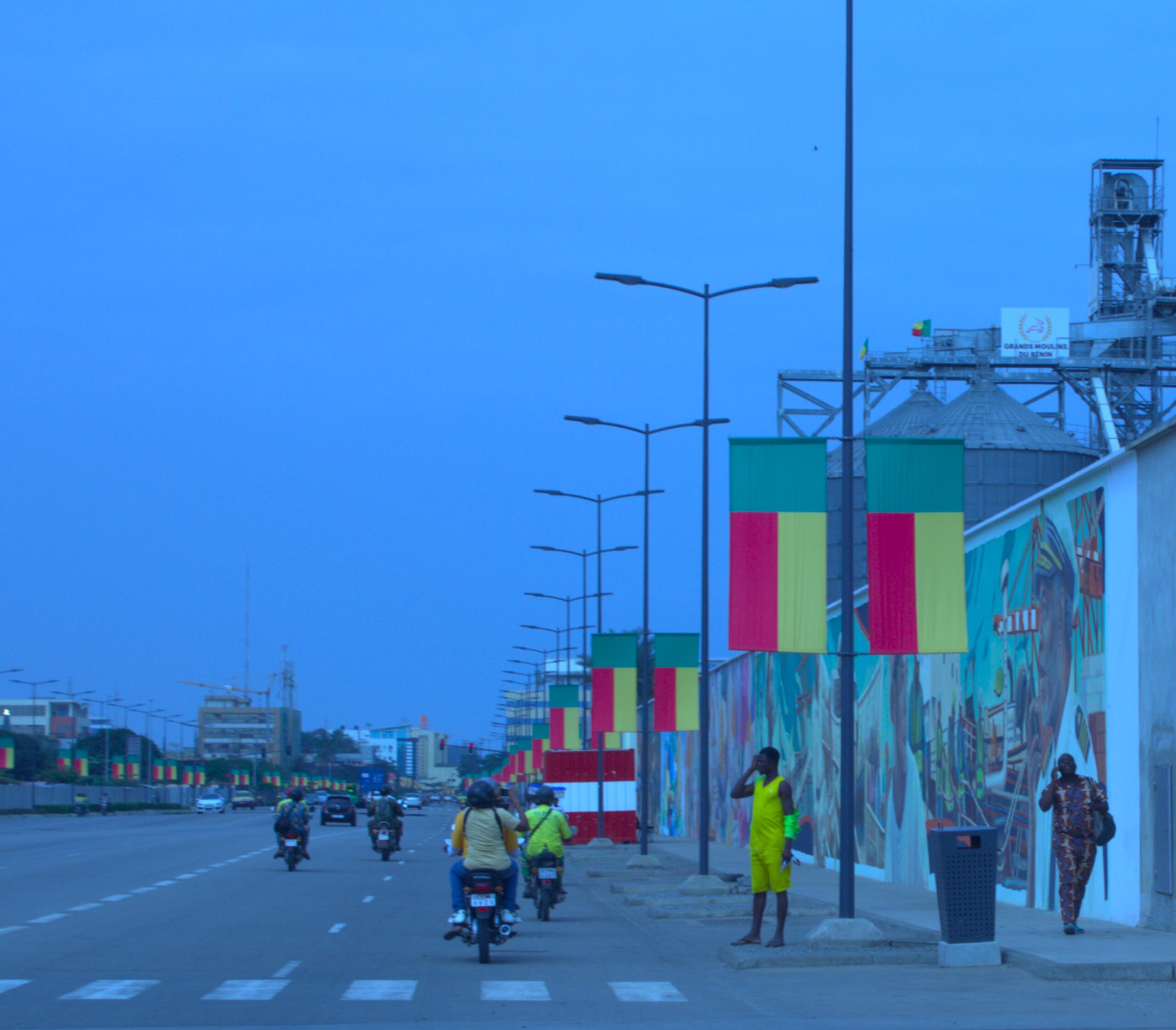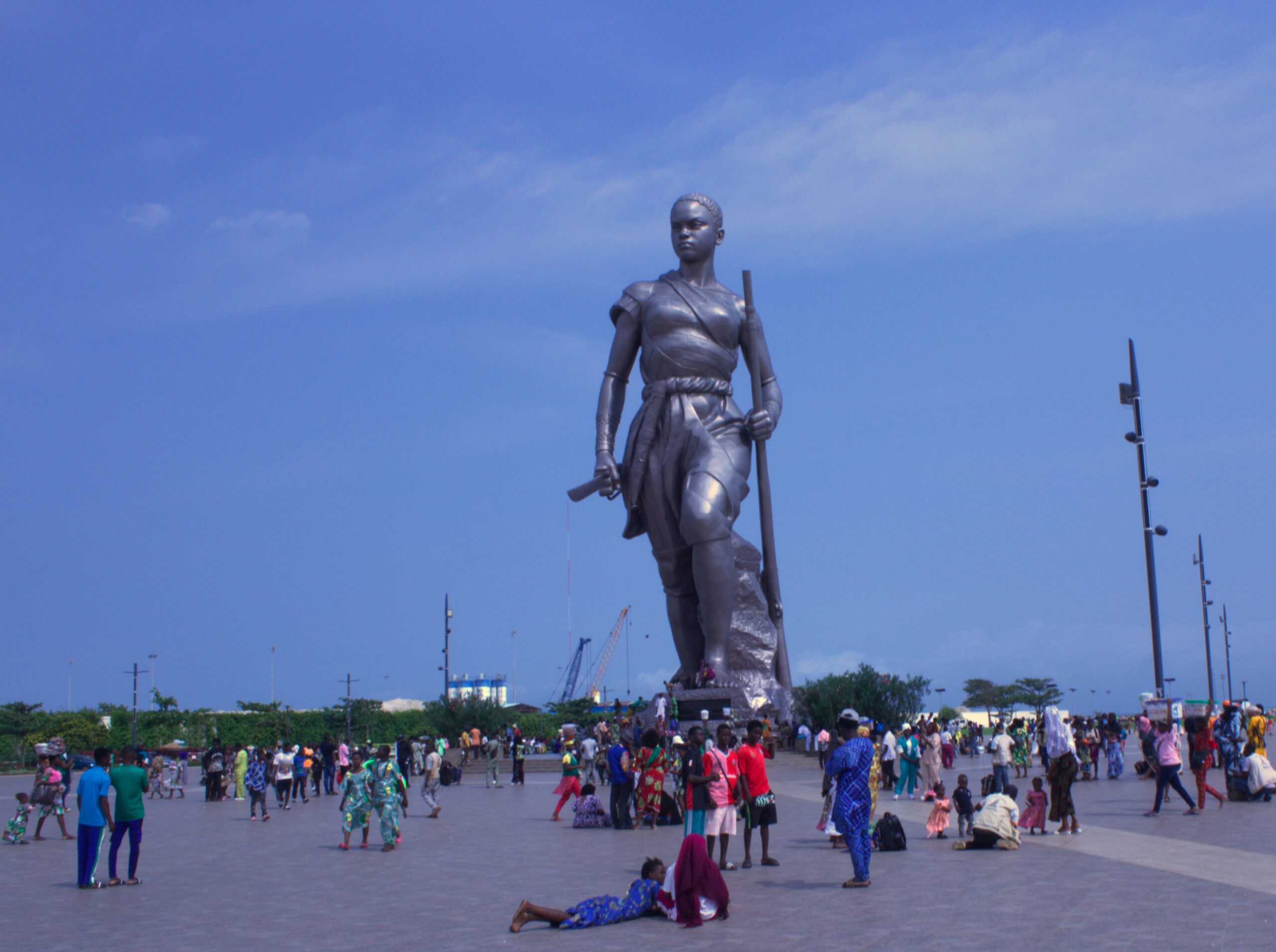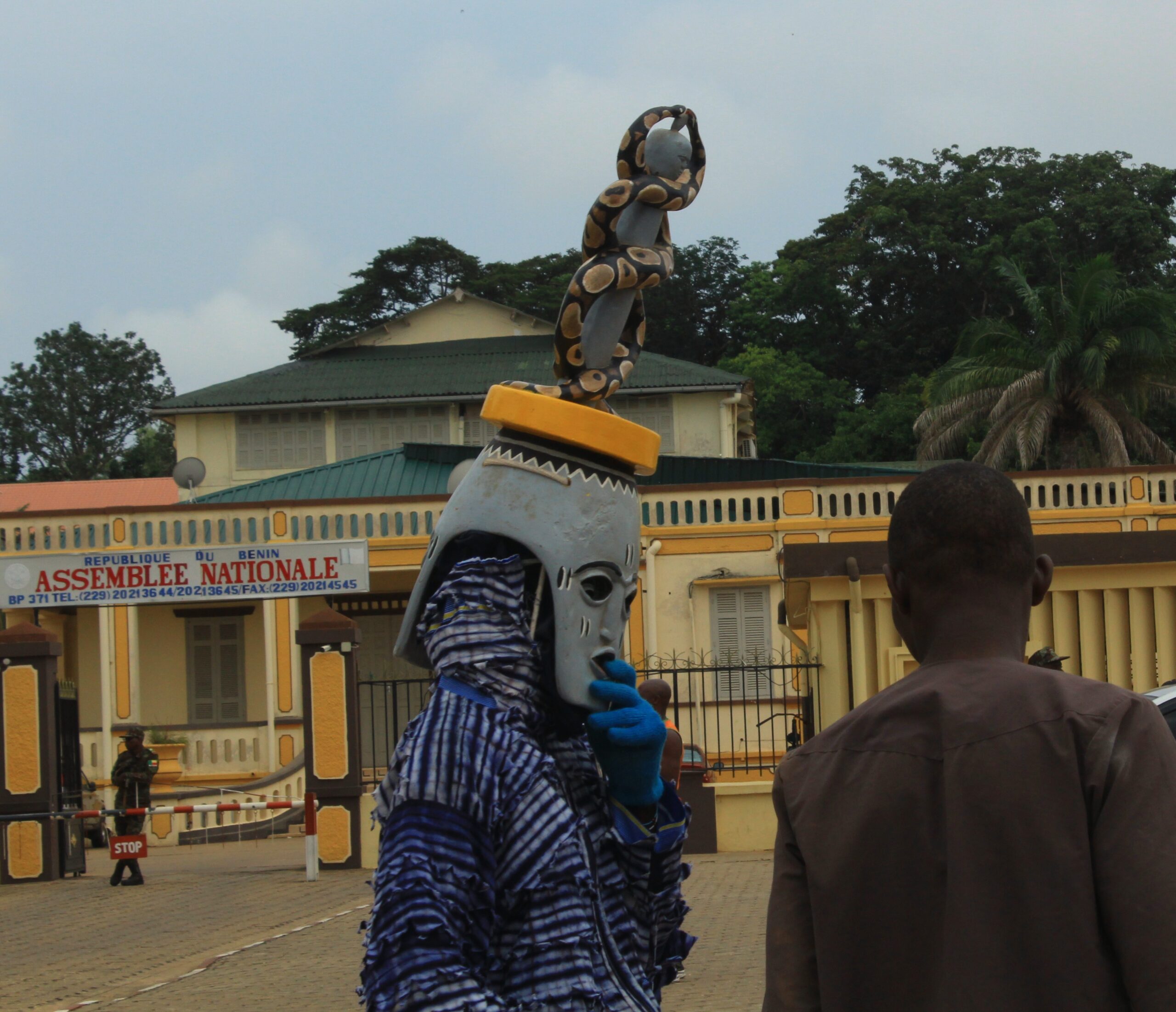Features
Gabriella Opara: What I Found Experiencing Benin Republic for the First Time

Graffiti Mural Wall in Benin. Photo Credit: Gabriella Opara
There’s a calm that the Benin Republic has that can only be experienced, not imagined. I spent a weekend in the small West African country, and from the moment I arrived at the Seme border, I felt the shift in the air; the sky was clearer, the roads were cleaner, and the people were serene.
Living in Lagos, I’m used to the constant hustle and bustle and having to speak loudly to be heard or overexplain to get a simple direction, so imagine my surprise when a Beninese offered to make a call to my contact person in Cotonou when I couldn’t get a SIM card. I eventually got my ride, and off we went.
With the little French I command, I expected that the language barrier would be a problem. But I met another Beninese who could converse fluently in Yoruba, English, and was very accommodating of my broken French. Although I was there to experience the Festival of Masks in Porto-Novo, I couldn’t help but notice the contrast between Cotonou and Porto-Novo. While Porto-Novo is the country’s capital and culture centre, it seemed like the second child to Cotonou, which had an active nightlife with bikes–the main form of transportation–moving from night till dawn.
To get a feel for the city, I ditched the car and took a bike from the Sofitel Cotonou Marina Hotel and Spa, where I was staying, and rode it to different parts of Cotonou, including the Esplanade des Amazones, where the Amazon statue is located. At almost midnight, the park was still alive with Beninese chatting, picnicking, and hanging out casually. Hours earlier, Judicaël Kpassenon, a tour guide, had told me that the statue was done in homage to the Dahomey women warriors. Remember The Woman King? Yeah, the reference.

Amazon Statue. Photo Credit: Gabriella Opara
I was amazed at how safe it felt to be there, despite the late hour. I could move about without the fear of being robbed. At that moment, I reflected on the cultural parallels between Nigeria and Benin. We have our Lion of Lisabi; they have their Seh-Dong-Hong-Beh. We celebrate the Calabar Carnival; they have the Festival of Masks. We observe Isese Day; they celebrate their Vodun Festival. I wondered how often Africans would visit each other and explore our countries if air, road, and adventure travel within Africa were made easier.

Benin Masquerade. Photo Credit: Gabriella Opara
What stood out the most was the deep connection the Beninese have to their traditional heritage. In Nigeria, this connection is often not as visibly expressed, despite its presence. Experiencing the festival of masks in Benin, along with the knowledge that August in Nigeria marks events like the Osun Osogbo festival, made me realise that these two countries are two sides of the same coin. With an estimated population of 14 million, the Republic of Benin’s population is just slightly larger than that of Lagos State in Nigeria. Despite this significant difference, it’s hard to ignore the cultural ties that bind the two nations together..
It has been said that London is the backyard of Lagos, but with my travel experience in Benin, Cotonou is the terrace.























